Home>Garden Essentials>How Do I Choose Ground Cover
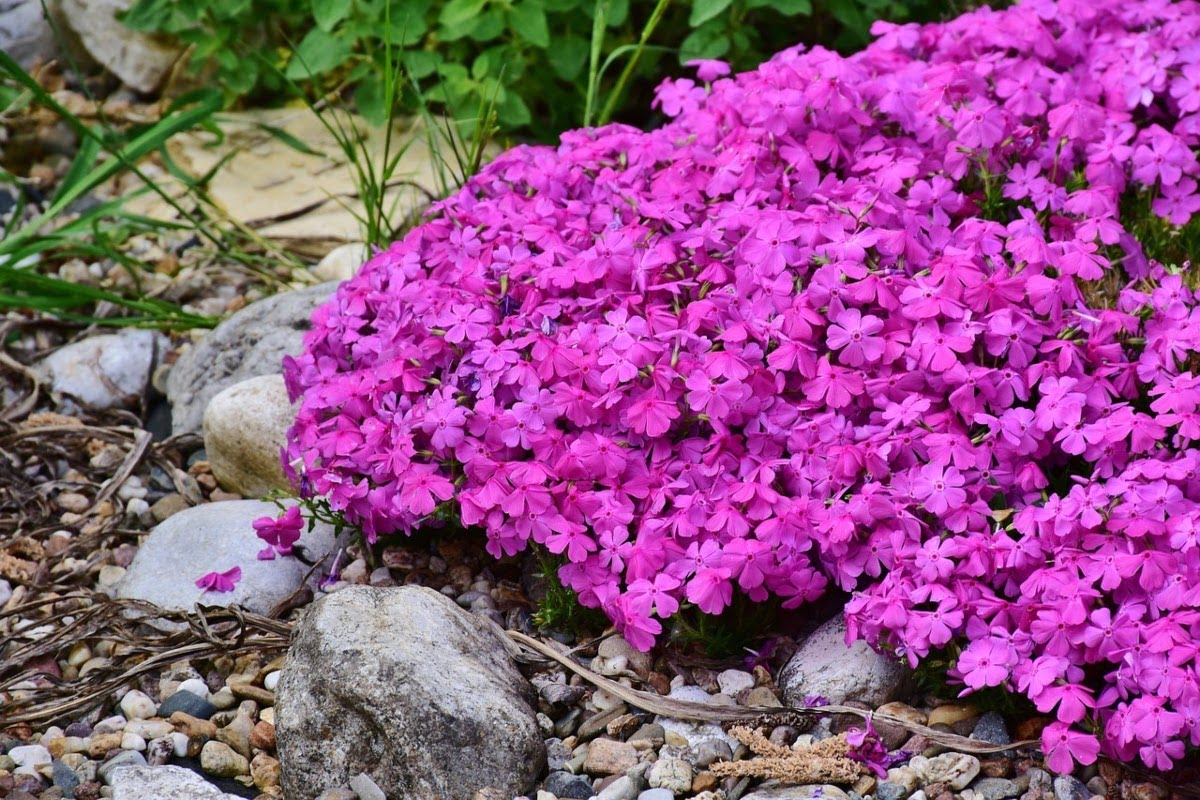

Garden Essentials
How Do I Choose Ground Cover
Modified: October 20, 2024
Want to know how to choose the perfect ground cover for your garden? Discover expert tips and advice on selecting the ideal garden ground cover.
(Many of the links in this article redirect to a specific reviewed product. Your purchase of these products through affiliate links helps to generate commission for Storables.com, at no extra cost. Learn more)
Introduction – Importance of selecting the right ground cover
When it comes to creating a beautiful and functional garden, choosing the right ground cover is crucial. Ground cover refers to low-growing plants, grasses, or other materials that cover the soil surface, providing a multitude of benefits. Whether you are landscaping your backyard, creating a pathway, or preventing erosion on a slope, selecting the appropriate ground cover can make a significant difference in the overall success and aesthetics of your outdoor space.
One of the primary reasons why selecting the right ground cover is important is its impact on the environment. Ground cover helps to conserve water by reducing soil evaporation and minimizing the need for frequent watering. It also plays a vital role in preventing soil erosion, especially in areas with steep slopes. By covering the soil surface, ground cover helps to stabilize the soil, preventing it from being washed away by heavy rains or strong winds.
Moreover, ground cover can enhance the overall health and fertility of the soil. Certain types of ground cover, such as clover or legume plants, have the ability to fix nitrogen from the air and convert it into a form that can be absorbed by other plants. This natural process enriches the soil, promoting plant growth and reducing the need for chemical fertilizers.
Additionally, the right ground cover can significantly reduce the maintenance requirements of your garden. By choosing low-maintenance ground cover options, you can minimize the need for regular mowing, trimming, or weeding. This not only saves you time and effort but also reduces the use of chemical herbicides or pesticides, making your garden more environmentally friendly.
Furthermore, ground cover plays a crucial role in enhancing the visual appeal of your outdoor space. It can add texture, color, and depth to your garden design, creating a visually appealing and cohesive look. Whether you prefer lush green grass, vibrant flowering plants, or a combination of different ground cover types, selecting the right options can help you achieve the desired aesthetic effect.
To make the most informed decision when choosing ground cover, it is essential to consider various factors such as climate, purpose, maintenance requirements, and the overall look you want to achieve. By carefully evaluating these factors and selecting the appropriate ground cover for your garden, you can create a beautiful and functional outdoor space that meets your specific needs and desires.
Key Takeaways:
- Choosing the right ground cover is crucial for a beautiful garden. Consider climate, purpose, maintenance, and aesthetics to create a thriving outdoor space that suits your needs.
- Ground cover helps conserve water, prevent erosion, and enhance soil health. Select low-maintenance options for easy care and a visually appealing garden.
Read more: How Do I Start Red Apple Ground Cover
Factors to Consider
When choosing the right ground cover for your garden, there are several important factors to consider. These factors will help you determine the most suitable options that will thrive in your specific environment and meet your desired goals. Here are four key factors to keep in mind:
Climate and Environmental Conditions
The climate and environmental conditions of your region play a significant role in determining which ground cover options are most appropriate. Consider factors such as average temperature, humidity levels, annual rainfall, and the presence of frost or extreme weather conditions. Some ground covers are better suited for hot and dry climates, while others thrive in cooler and wetter environments. Understanding your region’s climate will help you select ground covers that are resilient and able to withstand the local conditions.
Purpose and Function of the Area
Identify the purpose and function of the area where you plan to install the ground cover. Are you looking for a low-maintenance option for a high-traffic area, such as a pathway or play area? Or are you aiming to create a lush and visually appealing garden bed? Different ground cover options offer varying levels of durability, foot traffic tolerance, and growth habits. By considering the purpose and function of the area, you can determine the most suitable ground cover that will fulfill your specific requirements.
Maintenance Requirements
Consider your available time and willingness to devote to ground cover maintenance. Some ground covers require regular mowing, fertilizing, or pruning, while others are relatively low maintenance. If you prefer a no-fuss option that requires minimal care, look for ground covers with low water needs, slow growth habits, and natural weed suppression capabilities. On the other hand, if you enjoy spending time in the garden and are willing to put in the effort to maintain it, you may opt for more high-maintenance ground cover options.
Read more: How Much Stone Ground Cover Do I Need
Aesthetic Appeal
Lastly, consider the aesthetic appeal you want to achieve with your ground cover. Determine the color, texture, and overall look that will complement your garden design and personal preferences. Some ground covers offer vibrant blooms and foliage, while others provide a lush carpet-like appearance. By selecting ground covers that align with your desired aesthetic, you can create a visually appealing and cohesive garden space.
By carefully considering these factors, you can identify the most suitable ground cover options that will thrive in your climate, serve the intended purpose, require an achievable level of maintenance, and enhance the overall visual appeal of your garden.
Types of Ground Cover
There are various types of ground cover available that can be used to enhance the beauty and functionality of your garden. Understanding the different options will help you select the most appropriate ground cover based on your specific needs and preferences. Here are four common types of ground cover:
Grasses and Turf
Grasses and turf are popular choices for ground cover due to their ability to create a lush and manicured appearance. They are ideal for large open areas or areas where you envision a lawn-like setting. Grass varieties such as Bermuda grass, Kentucky bluegrass, and Zoysia grass are commonly used for ground cover. They require regular maintenance, including mowing, watering, and fertilizing, to keep them looking healthy and vibrant.
Perennial Plants
Perennial plants are another popular choice for ground cover. These plants come back year after year, adding beauty and texture to your garden. Examples of perennial ground cover include creeping phlox, ajuga, and sedum. Perennial ground covers are known for their wide range of colors, foliage patterns, and adaptability to various growing conditions. They can be used to fill gaps between larger plants, cover slopes, or create a border around garden beds.
Shrubs and Bushes
Shrubs and bushes can also serve as effective ground cover options, particularly in areas where you want to add height and structure. These plants provide additional benefits such as privacy, wildlife habitat, and seasonal interest. Examples of ground cover shrubs include juniper, cotoneaster, and dwarf varieties of evergreens. They require less maintenance compared to grasses and provide year-round appeal with their foliage and occasional blooms.
Low-Maintenance Options
If you prefer a ground cover that requires minimal care and maintenance, there are options specifically designed to meet your needs. Ground covers like clover, moss, and vinca minor (periwinkle) are known for their ability to suppress weeds, reduce water requirements, and provide a low-maintenance solution. These types of ground covers require less mowing, watering, and fertilizing compared to traditional grasses or shrubs.
Each type of ground cover offers unique characteristics and benefits. Consider your specific requirements, such as desired height, maintenance level, and aesthetic preferences, when selecting the most appropriate ground cover for your garden. Mixing different types of ground cover can also create a dynamic and visually appealing landscape.
Evaluating Ground Cover Options
When choosing the right ground cover for your garden, it’s essential to evaluate your options thoroughly. Here are four key factors to consider when evaluating ground cover options:
Growth Habits and Characteristics
Understanding the growth habits and characteristics of different ground cover options is crucial. Some ground covers spread through runners or stolons, creating a dense and uniform carpet-like appearance. Others have a clumping growth habit or form mounds. Consider the height, width, and growth rate of the ground cover to ensure it fits well within the designated space. Additionally, take note of any special characteristics, such as drought tolerance, salt tolerance, or fall coloration, that may influence your choice.
Suitability for Specific Conditions
Every garden has specific conditions that may affect the success of certain ground cover options. For example, if your garden receives ample sunlight, you’ll need to select ground covers that thrive in full sun. On the other hand, if your garden is shaded, you’ll need shade-tolerant ground covers. Additionally, consider the soil type, moisture level, and drainage in your garden. Some ground covers prefer well-draining soil, while others can tolerate heavy clay or damp conditions. By evaluating the suitability of ground cover options for your specific conditions, you can ensure their success in your garden.
Cost and Availability
Consider the cost and availability of the ground cover options you are considering. Some ground covers are readily available in nurseries, while others may be harder to find. Additionally, the cost of ground cover can vary depending on factors such as the size of the area to be covered and the specific species or variety chosen. Research local nurseries, garden centers, or online suppliers to compare prices and availability before making your final decision.
Long-term Durability and Lifespan
It’s important to consider the long-term durability and lifespan of your chosen ground cover. Some ground covers are short-lived and may require regular replacement or rejuvenation. Others are long-lasting and can provide years of enjoyment with minimal maintenance. Evaluating the durability and lifespan will help you make an informed decision and avoid future frustrations.
By carefully evaluating these factors when selecting your ground cover, you can choose options that are well-suited to your specific garden conditions, budget, and desired aesthetic. Take the time to research and explore different options to ensure the success and longevity of your ground cover choice.
Installation and Care
Proper installation and care are crucial to the success of your chosen ground cover. Consider the following steps to ensure the best results:
Read more: How Do I Choose A Projector
Preparation of the Site
Before installing your ground cover, it’s essential to prepare the site properly. Start by clearing the area of any existing vegetation, weeds, rocks, or debris. Rake the soil to create a smooth and level surface. If necessary, amend the soil with organic matter to improve its fertility and drainage. Taking the time to prepare the site adequately will provide a healthy growing environment for your ground cover.
Planting or Laying the Ground Cover
Depending on the type of ground cover you’ve chosen, you will either plant individual plants or lay down materials such as turf or mulch. When planting, dig holes that are wide enough to accommodate the root systems of the plants. Gently remove the plants from their containers and place them in the holes. Backfill with soil, pressing firmly to ensure good soil-to-root contact. Water thoroughly after planting to help the plants establish their roots.
If you’re using turf, prepare the soil as mentioned earlier and roll out the turf, making sure the edges fit tightly against each other. Water the turf adequately after installation to encourage rooting. For mulch or other materials, spread them evenly across the soil surface at the recommended depth, ensuring uniform coverage.
Watering, Fertilizing, and Weed Control
Proper watering is crucial during the establishment period of your ground cover. Water deeply and consistently to encourage root growth. After the initial establishment, adjust your watering routine based on the specific needs of your ground cover. Some ground covers require more moisture, while others are drought-tolerant and need less frequent watering.
Fertilizing requirements vary depending on the ground cover chosen. Some ground covers benefit from periodic fertilization to maintain their health and vigor, while others may not require additional fertilizers. Research the specific fertilizer recommendations for your chosen ground cover and apply as needed.
Weed control is important to maintain the health and appearance of your ground cover. Regularly inspect the area for any weeds that may emerge and promptly remove them. Applying a layer of organic mulch can help suppress weed growth by blocking sunlight and preventing weed seeds from germinating.
Regular Maintenance and Care
Regular maintenance is essential to keep your ground cover thriving and looking its best. This may include routine trimming or mowing to maintain the desired height and shape. Removing any dead or damaged foliage will also improve the overall appearance of the ground cover.
Additionally, monitor the health of your ground cover and be vigilant for any signs of pests or diseases. Treat any issues promptly to prevent them from spreading and causing damage.
Maintaining good airflow and preventing excessive thatch or debris build-up will also contribute to the vitality of your ground cover. Raking or gently aerating the area can prevent compaction and improve soil health.
By following these installation and care guidelines, you can ensure the long-term health and vitality of your chosen ground cover. Regular maintenance and care will help your ground cover thrive, providing beauty and functionality to your garden for years to come.
Conclusion
Choosing the right ground cover for your garden is a decision that should be carefully considered. By taking into account various factors such as climate, purpose, maintenance requirements, and aesthetic appeal, you can select the most suitable ground cover options that will enhance your outdoor space.
Remember the following final considerations when choosing your ground cover:
Functionality:
Consider the purpose and function of the area where you plan to install ground cover. Whether it’s creating a visually appealing garden bed, preventing soil erosion on a sloping area, or providing a durable pathway, selecting a ground cover that matches the specific function is essential.
Climate and Environmental Conditions:
Take into account the climate and environmental conditions of your region. Choose ground cover that can thrive in your local climate, whether it’s heat-tolerant plants for sunny areas or shade-loving ground cover for shaded spots. Additionally, consider factors like rain frequency and soil conditions to ensure the suitability of your chosen ground cover.
Maintenance Requirements:
Consider your available time and resources for maintenance. If you prefer a low-maintenance garden, opt for ground covers that require minimal care and upkeep. On the other hand, if you enjoy spending time in the garden and are willing to devote more effort, you may choose higher-maintenance ground cover options.
Read more: When Do You Plant Phlox Ground Cover
Aesthetic Appeal:
Choose ground cover options that align with your desired aesthetic. Consider factors like color, texture, and overall appearance to ensure that your chosen ground cover will enhance the visual appeal of your garden and complement your existing landscape design.
By evaluating these factors and selecting the appropriate ground cover for your specific needs and preferences, you can create an aesthetically pleasing and functional outdoor space.
Remember, installation and care are also crucial to the success of your ground cover. Properly prepare the site, follow the recommended planting or laying process, and provide adequate watering, fertilizing, and weed control. Regular maintenance and care will maintain the health and attractiveness of your ground cover over time.
Investing time and effort in selecting the right ground cover for your garden will greatly contribute to the overall success and enjoyment of your outdoor space. Whether you opt for grasses and turf, perennial plants, shrubs, or low-maintenance options, a well-chosen ground cover can provide a beautiful and functional foundation for your garden for years to come.
Frequently Asked Questions about How Do I Choose Ground Cover
Was this page helpful?
At Storables.com, we guarantee accurate and reliable information. Our content, validated by Expert Board Contributors, is crafted following stringent Editorial Policies. We're committed to providing you with well-researched, expert-backed insights for all your informational needs.
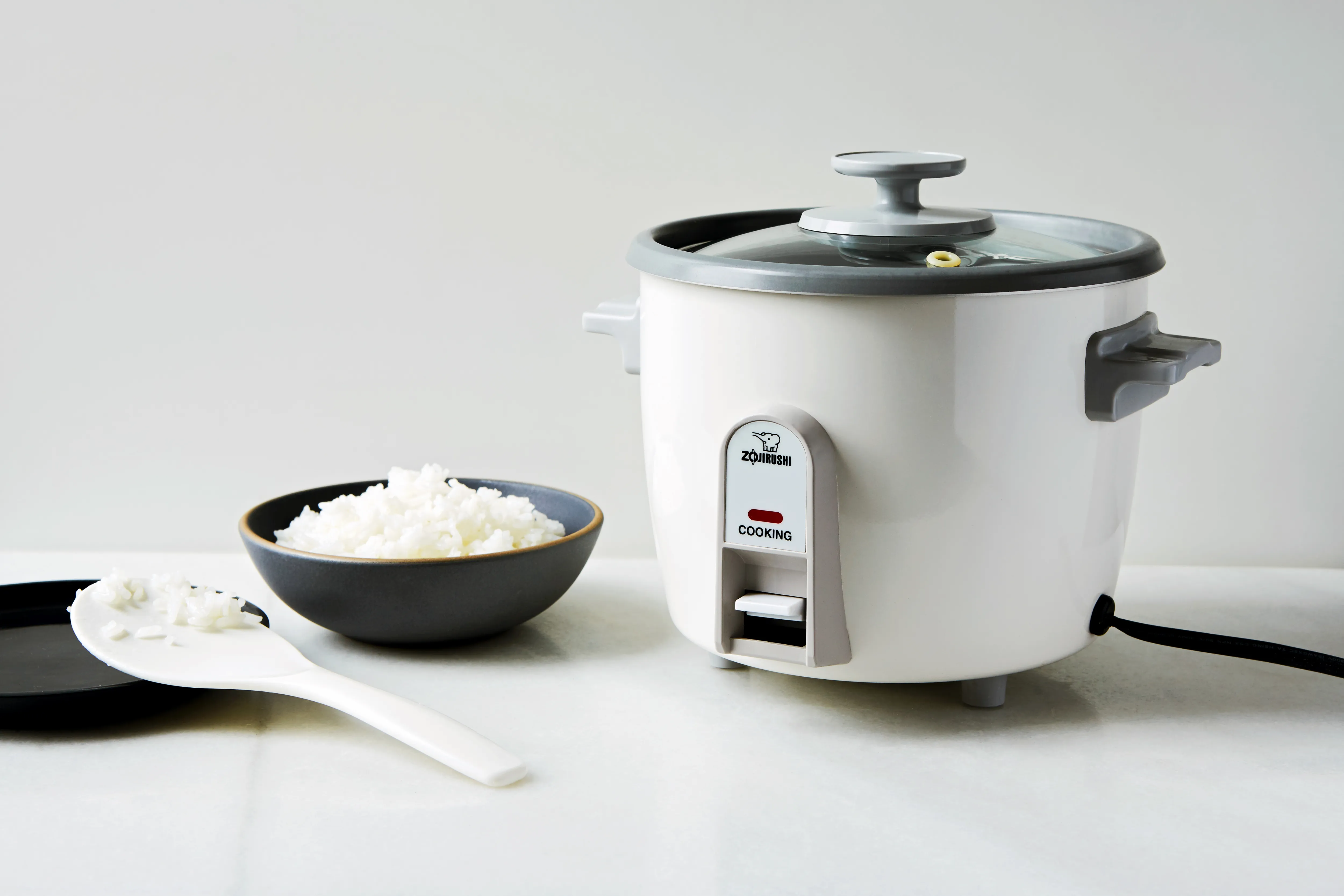
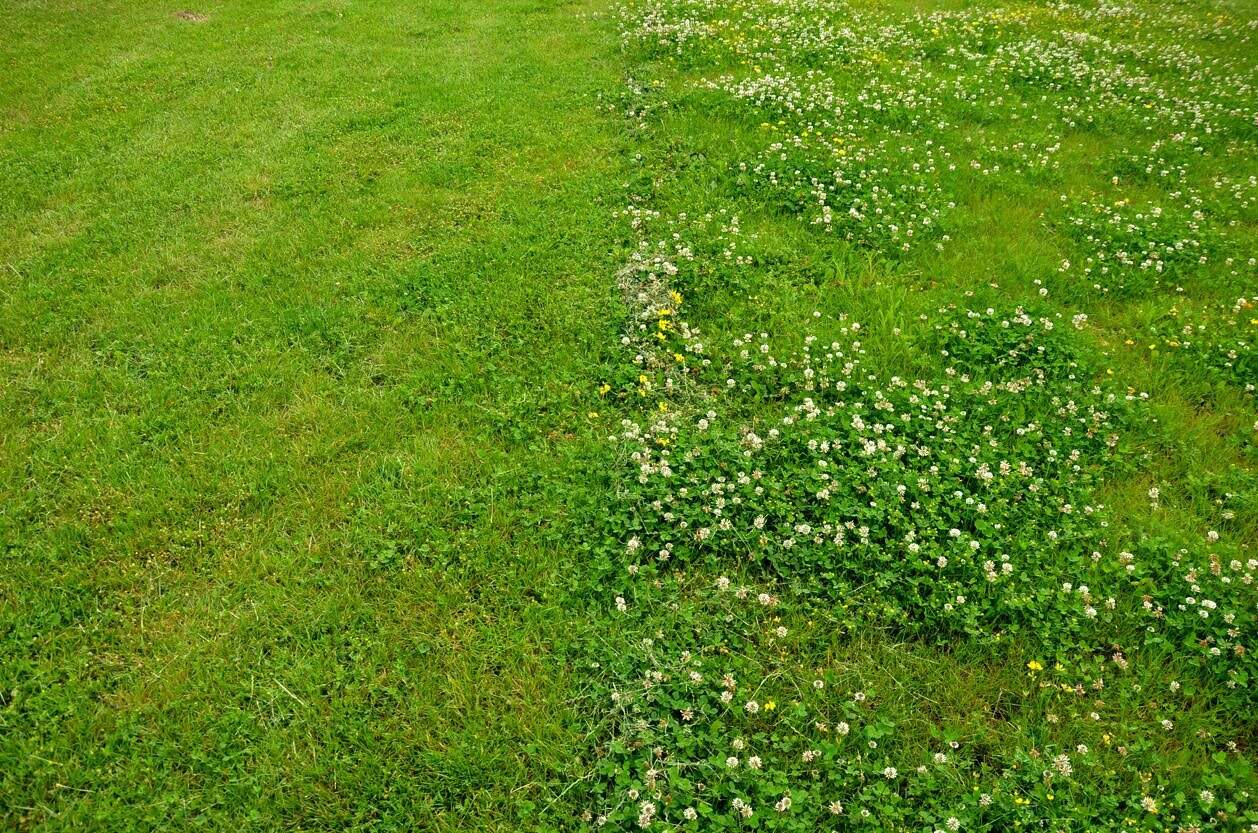

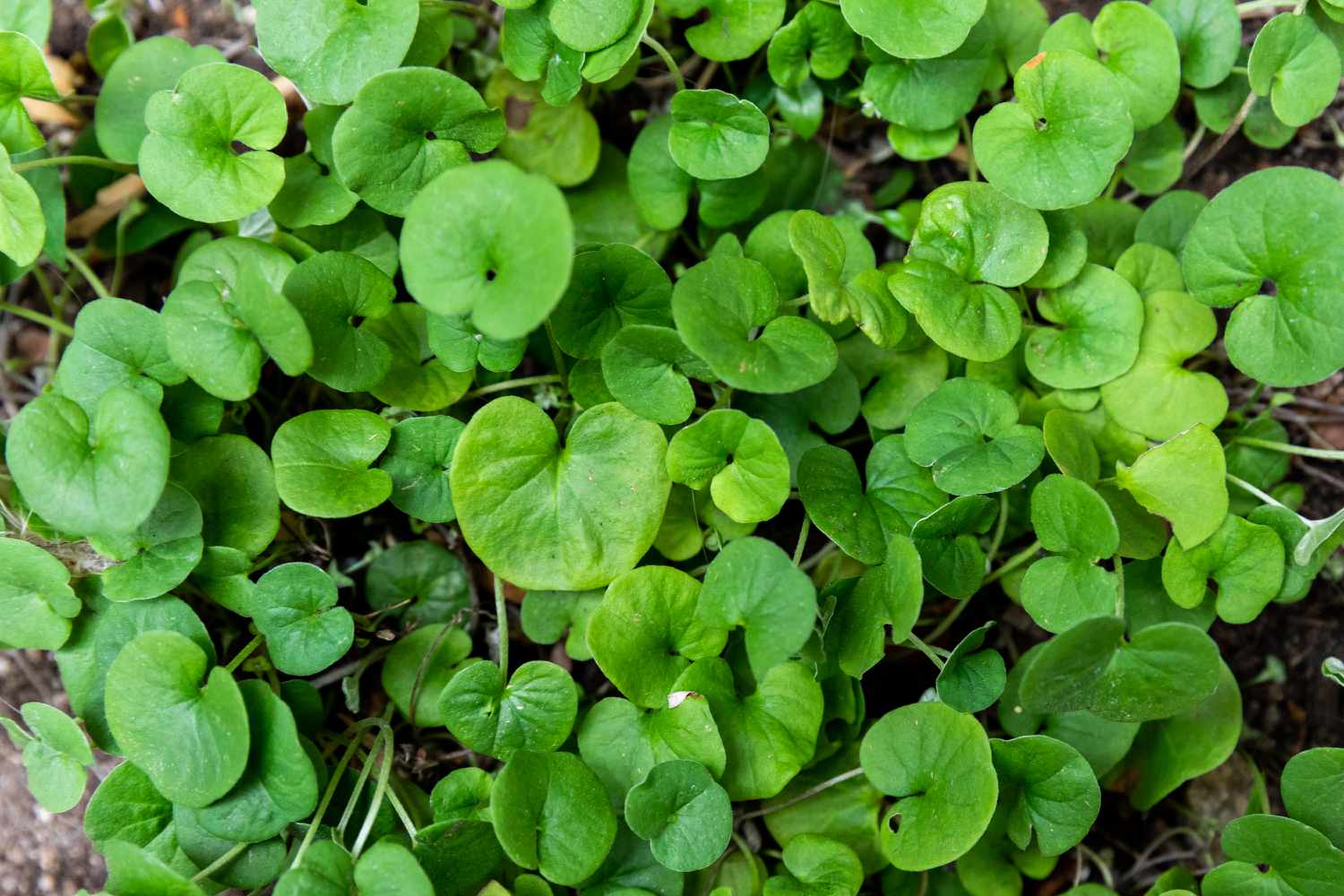
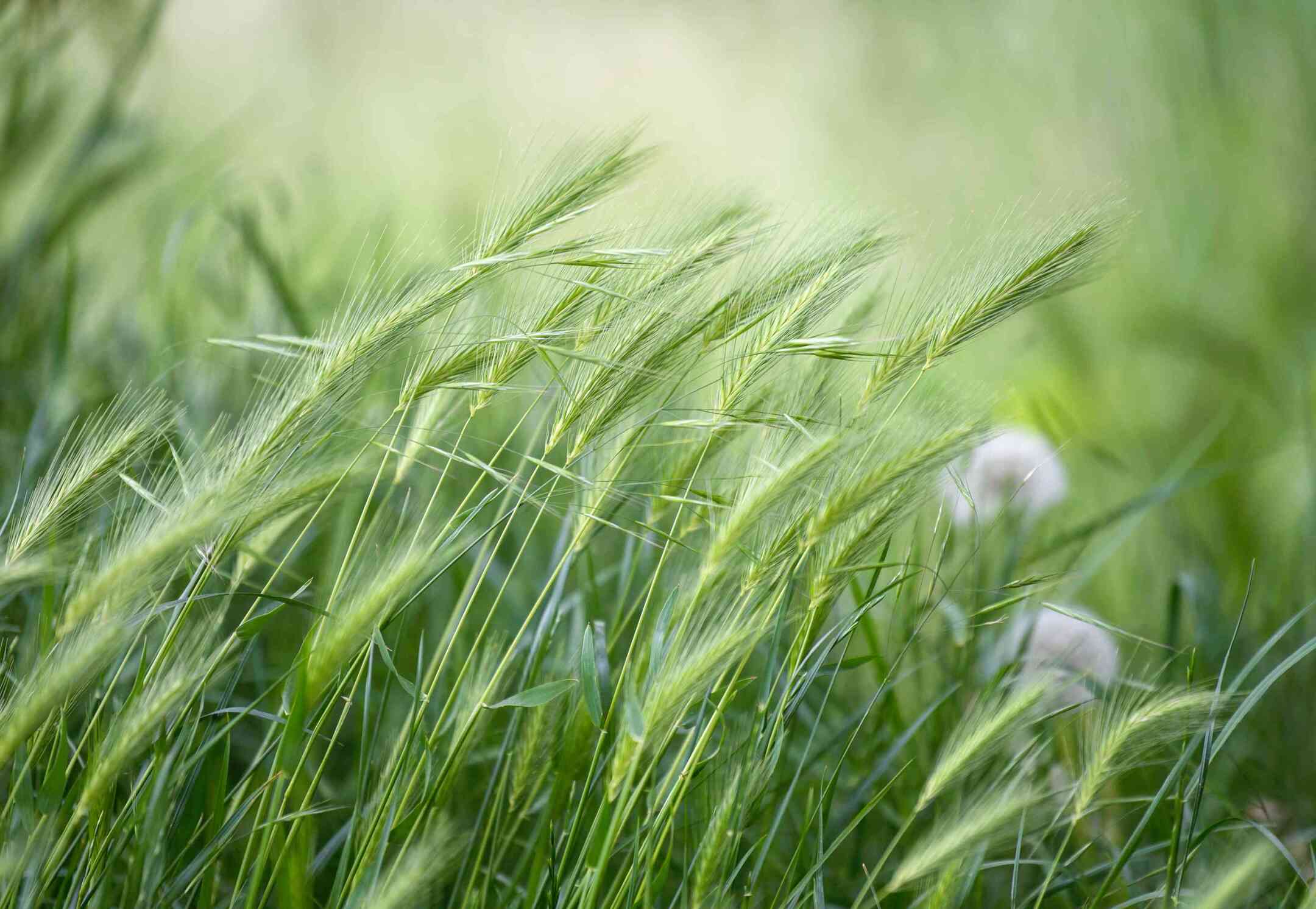
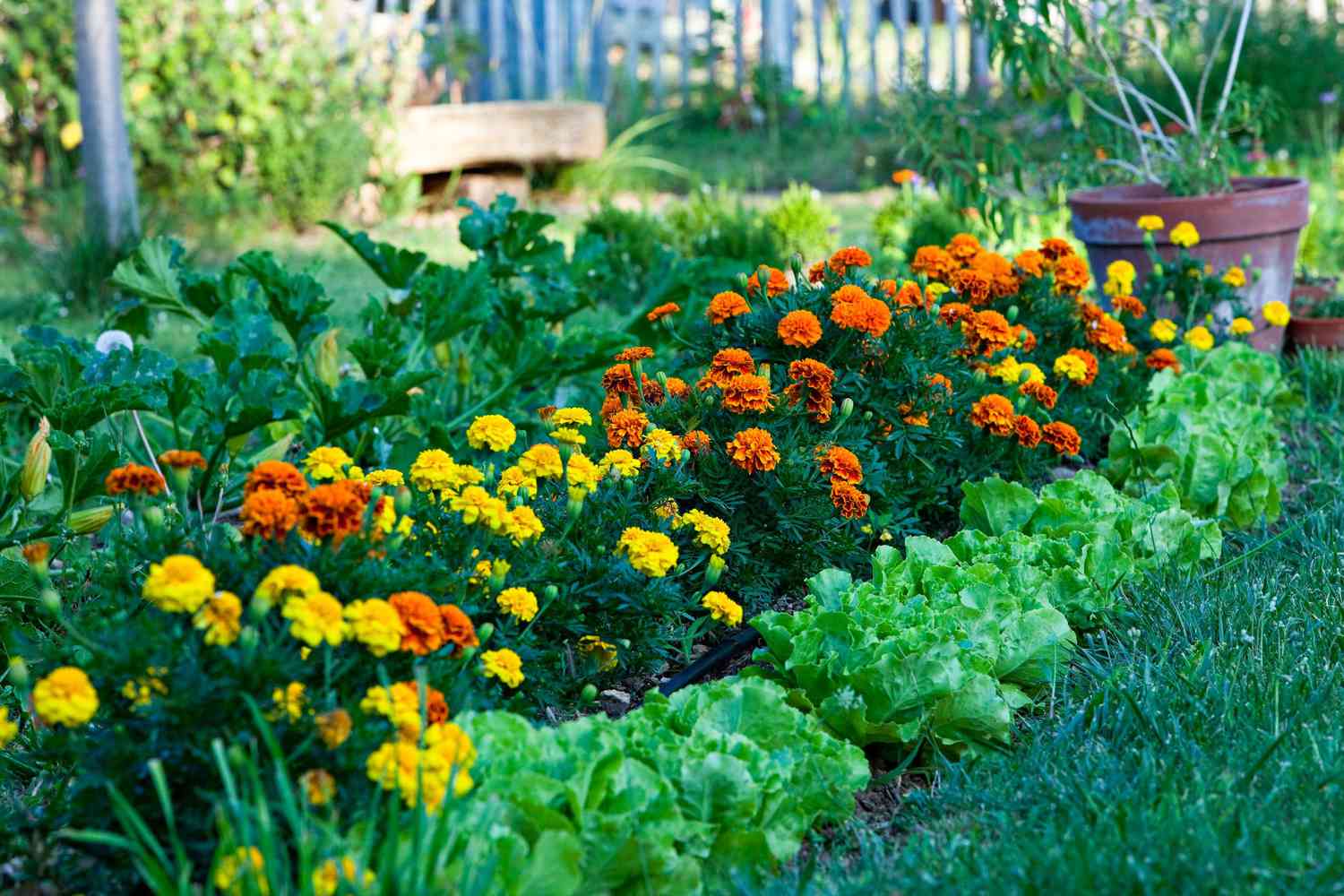
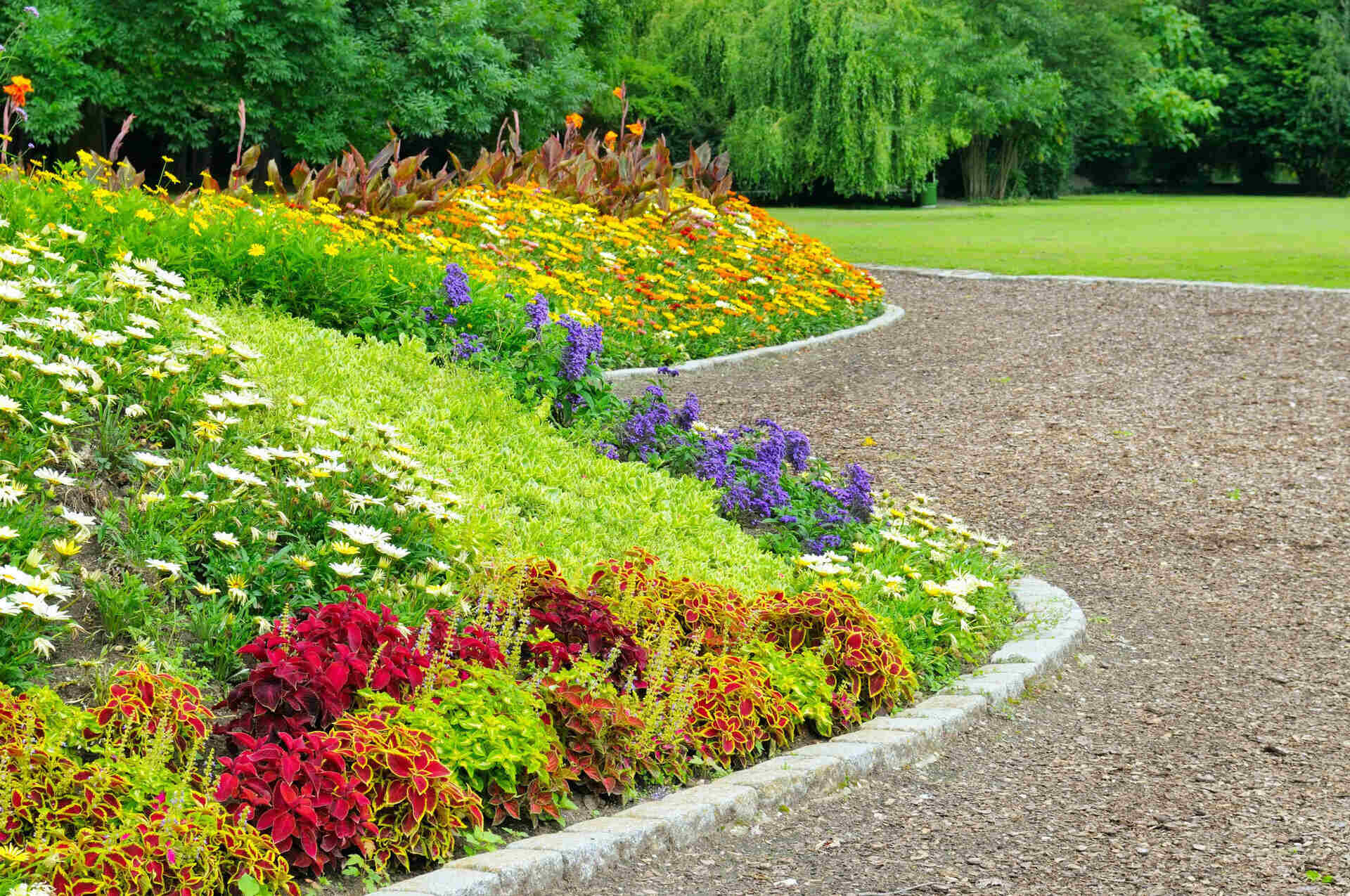
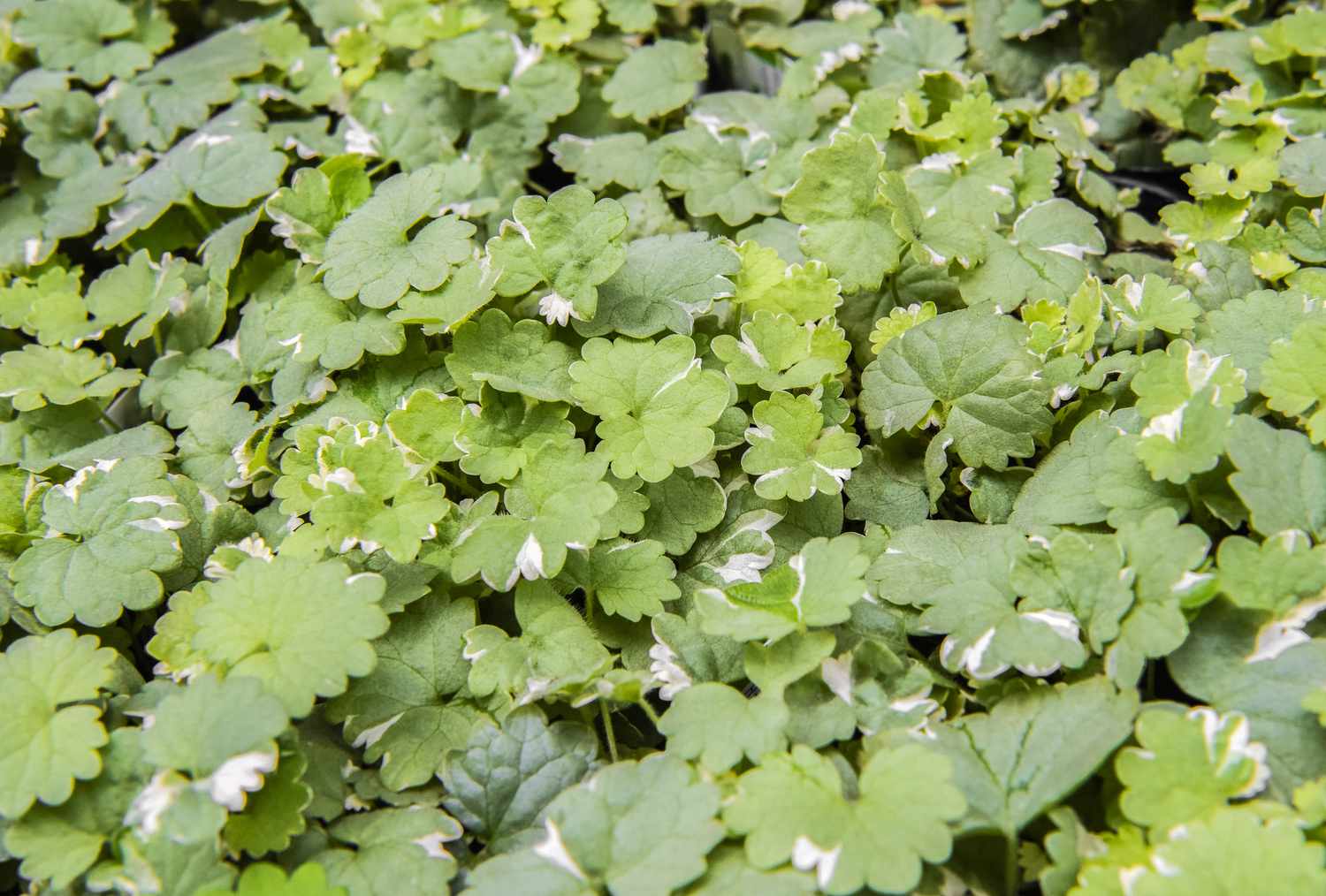
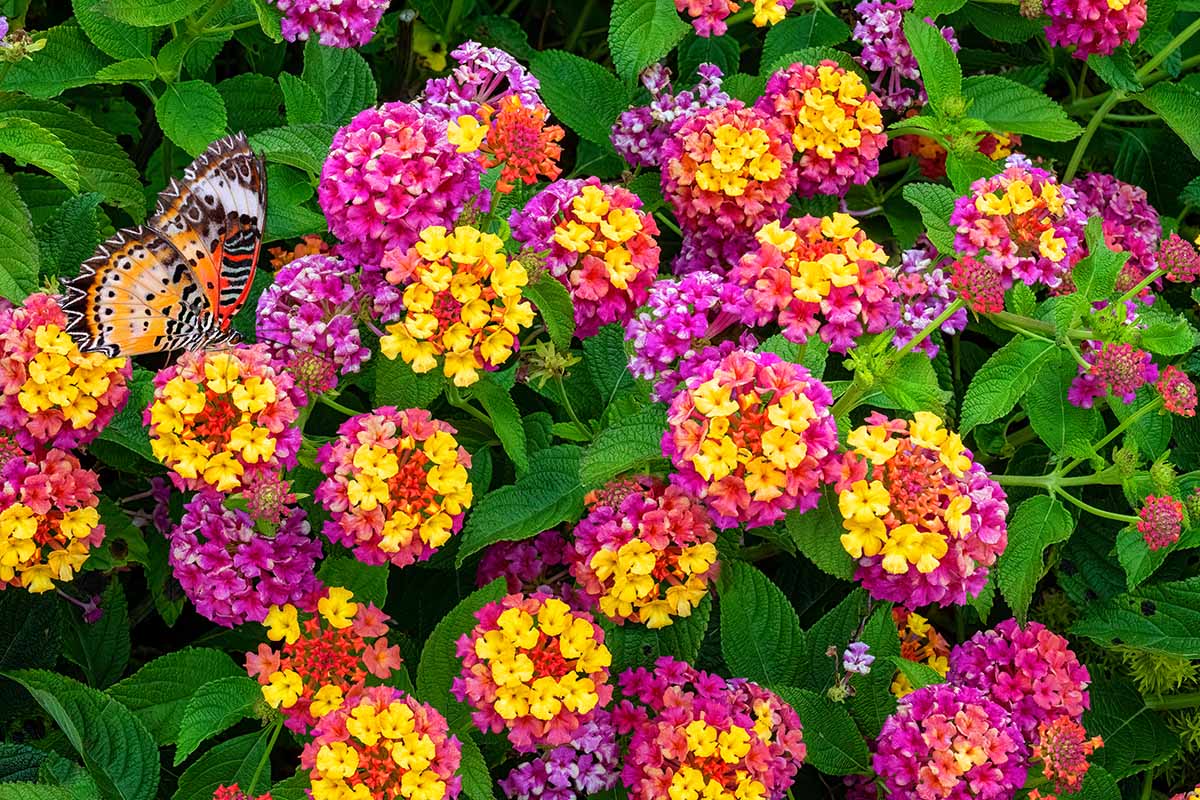

0 thoughts on “How Do I Choose Ground Cover”